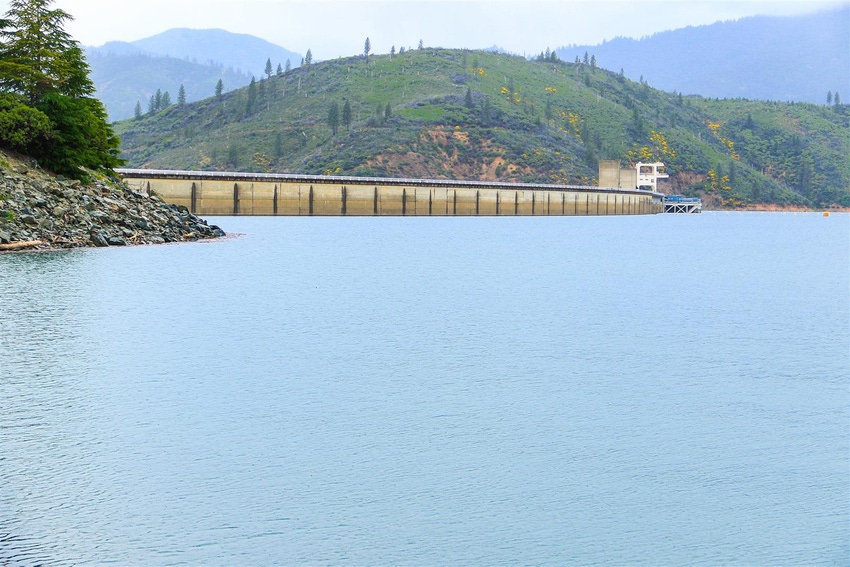
California’s drought is perhaps more of a political ping pong ball than it is anything else, but makes no mistake: drought in California is real; it happens; it’s cyclical; and, politicians have done nothing to mitigate its impacts to the state’s 40 million residents.
While El Niño arguably did not materialize as predicted it did fill northern California reservoirs. Shasta Lake is full, as are Lake Oroville and Folsom Lake. Those facts arguably moved state officials to allocate more than half the requested water allotments to State Water Project users, which include farmers and urban residents.
Federal water users are in a different category and as such saw vastly different promises from the federal government for water. In short, if you farm north of the Sacramento River Delta you got 100 percent of what you asked for. If you farm south of it, you got 5 percent of your requested water promised to you (unless you have the most senior of water rights, then you got 100 percent).
Never mind that you paid for the conveyance systems to get your water and must continue to pay the maintenance upkeep on those systems without the benefit of farm income to cover those costs, or your property tax bill.
As California’s election cycle ramps up two of the presidential candidates crisscrossed the state promising what politicians do.
While presumptive GOP nominee Donald Trump pledged in Fresno to ‘open up the water’ to weary farmers California water regulators were easing drought restrictions in the wake of similar decisions by urban water districts who have looked north at full reservoirs.
Meanwhile, a weekend of stories from the Southwest tell a different story. As Lake Mead reaches a record low questions are being asked: What happens when the American Southwest runs out of water?
It’s happening and level heads are suggesting California and others across the country take a realistic view at shrinking surface supplies and aquifers and act sooner than later.
Politics and environmental activists have made California’s Delta region the choke-point for the state’s water wars. Some want a conveyance system to skirt water under or around the Delta because once it gets into the Delta, biological opinions codified in federal court and continued lawsuits force it to be flushed out to sea, which is why off-stream storage facilities like San Luis Reservoir remain woefully low, despite its stated purpose of of storing water for farmers and cities south of the Delta.
Meanwhile, the large Metropolitan Water District of Southern California is going after more water for its residents, ostensibly to provide more water for a large, thirsty region of the state. Those plans continue to be stymied in court as opponents sue the water district to block its purchase of five islands in the heart of the river Delta region.
Yet, while elected officials do little-to-nothing to ensure sustainable water supplies for a state of almost 40 million residents, we still want to know: Will La Niña follow El Niño and what does that mean for a state that produces most of the nation’s fruits, vegetables, tree nuts and other edible commodities?
About the Author(s)
You May Also Like






